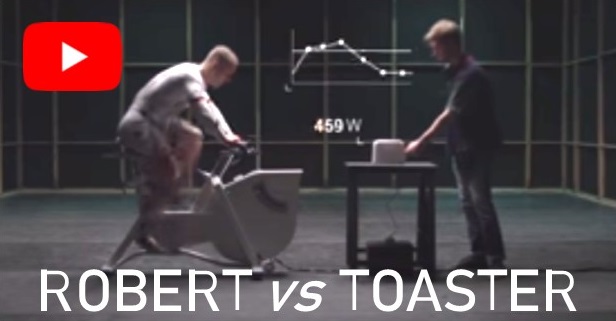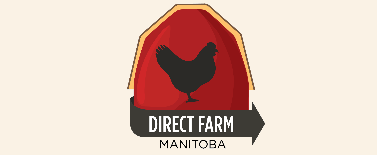Embodied Energy – What is It?
 Tuesday, October 2, 2018 at 9:11AM
Tuesday, October 2, 2018 at 9:11AM
By Eric Rempel
 In last week's column, Wade Wiebe described some of his experience in building his strawbale garage. But why build strawbale? One reason for Wade's choice was the low embodied energy in the building materials used in strawbale construction. In this column I want to explore low embodied energy.
In last week's column, Wade Wiebe described some of his experience in building his strawbale garage. But why build strawbale? One reason for Wade's choice was the low embodied energy in the building materials used in strawbale construction. In this column I want to explore low embodied energy.
It takes energy to prepare building material. Trees need to be cut, transported to the saw mill, and kiln dried. The 2x4s and plywood then need to be transported to the building site. The manufacture of cement requires a lot of heat energy. Natural gas is used to heat the cement components to very high temperatures. The energy that goes into the manufacture of these and other building material is embodied energy. The Canadian Mortgage and Housing Corporation estimates that the typical Toronto home has 2352 gigajoules of energy embodied in its construction materials. That's the equivalent of 70,000 litres gasoline. That's enough gasoline to drive 750,000 km in your Ford Focus. In other words, the energy embodied in the average home is substantial. There are builders who focus on building with an eye to energy efficiency who claim they can build a comfortable 1000 sq. ft. house with 1/1000 that amount of energy. I'm skeptical of that degree of efficiency, nevertheless if sustainability is a factor in our decision making, I think we need to be more aware of the energy going into the actual construction of our homes. We may want to give more thought to how our building material choices affect the planet we call home.
So what about strawbale construction? Compared to fiberglass insulation, the energy embodied straw bales is very low. The straw is baled locally, and ready to use. The fiberglass raw material needs to be heated and kept at very high temperatures to make the glass fibers. The amount of embodied energy in fiberglass insulation is substantial. So the first, most obvious reason to build with straw bales is to insulate with straw rather than fiberglass. A strawbale builder could stop at that and achieve energy savings, but there is much more. Many straw bale houses are set on a conventional concrete foundation. But because of the cement component in concrete, such a foundation is energy intensive. But that is not the only option. Durable strawbale houses have also been set on rock rubble and rammed earth. Such foundation material has much less embodied energy. Furthermore, most strawbale houses have conventional floors – wood or concrete covered with carpet, but some have earthen floors. Clearly the construction of earthen floors use less energy than conventional floors, and people who have them in their homes rave about their comfort. Some strawbale houses are plastered with a cement plaster, but others have been plastered with a clay plaster, and the people living in clay plastered houses are very happy with the result. A clay plaster has 1/30th the embodied energy of a cement plaster. In strawbale construction, the energy savings, potentially, extend well beyond the straw bales.
Unfortunately there is no financial incentive to build a house with a goal to minimizing embodied energy. A strawbale house will have significantly higher labour demands, and if that labour needs to be paid, the strawbale house will be more expensive. This is unfortunate, but this situation exists because of the way energy is priced in our capitalist system. Most of the energy used in creating building material is fossil energy. We have said many times in this column, that what we pay for fossil energy is not the true cost of such fuel. As a result conventional building materials with high embodied energy are under-priced – and over used. Unfortunately our economic system incentivizes the wrong choices.



Reader Comments